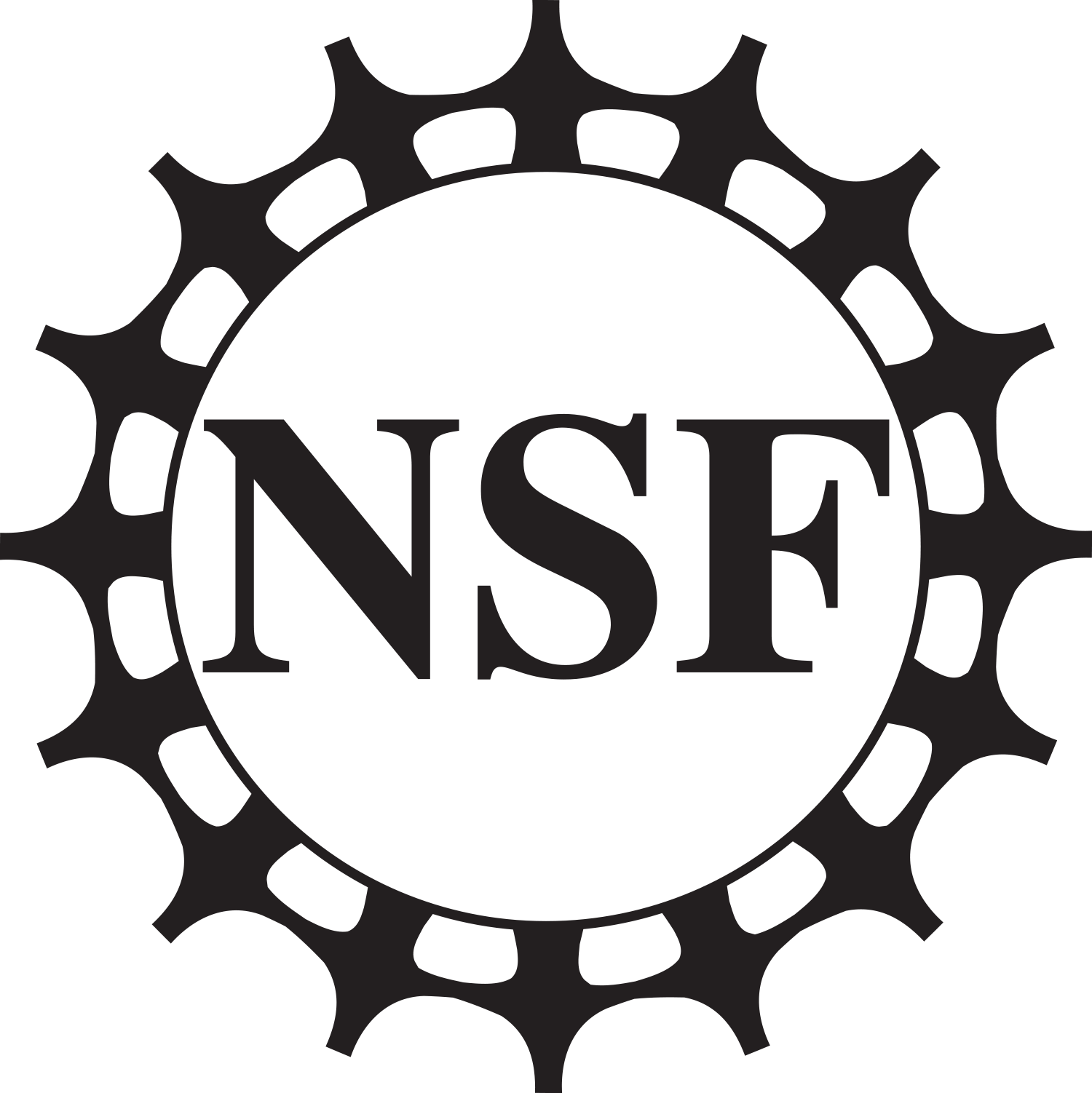Title: Endothelial Dysfunction in Atherosclerosis: Mechanisms Linking Flow-Sensitive Gene Regulation and Cytoskeletal Crosstalk
Speaker: Shailaja Seetharaman, PhD
Schmidt AI in Science Postdoctoral Fellow
Gardel Lab, University of Chicago
Date: October 16, 11a-12p ET | 10 am CT | 8am PT
Zoom Link:
https://upenn.zoom.us/j/
Seeking faculty and trainees to meet with Shailaja after the seminar! Email pariel@seas.upenn.edu to be added to Shailaja’s schedule.
|
Abstract:
Abnormalities in blood vessel structure and blood flow properties are key drivers of severe cardiovascular pathologies. Beyond genetics and environmental factors, improper tissue adaptation to mechanical, biochemical, and topological cues is a major contributor to the onset and progression of these diseases. However, the precise mechano-chemical feedback loops governing tissue adaptation remain largely elusive. In this talk, I will present our recent findings on how flow-sensitive transcription of a gene mediates rapid cytoskeletal crosstalk to promote the onset of endothelial tissue dysfunction in atherosclerosis using in vitro and in vivo models. By bulk RNA sequencing, we identified that the actin-binding protein Four-and-a-half LIM protein 2 (FHL2) is upregulated in athero-prone tissues. We found that elevated expression of FHL2 is both necessary and sufficient to induce classic hallmarks of endothelial dysfunction—namely, increased actomyosin contractility, disrupted adherens junctions, and heightened trans-endothelial permeability. Interestingly, despite its role in driving pathological conditions, FHL2 expression is also essential for the migration of healthy endothelial cells during angiogenesis. Based on the dual role of FHL2 in health and disease, we propose that FHL2 functions as a mechanostat, regulating an optimal contractile set point in cells. In this model, slower transcriptional regulation of FHL2 modulates its expression over time, while the rapid recruitment of FHL2 to tensed actin filaments enhances contractility on shorter timescales. Overall, our work demonstrates that transcriptional regulation of this force-sensitive gene triggers precise mechano-chemical feedback loops controlling cellular contractility, adhesion, and migration. Disruptions in these mechanisms drive the onset of tissue dysfunction. Finally, I will discuss our recent work on leveraging machine learning models, built using a priori knowledge of mechano-chemical information in the actomyosin network, to predict endothelial tissue-scale phenotypes and functions in health and disease.
|



